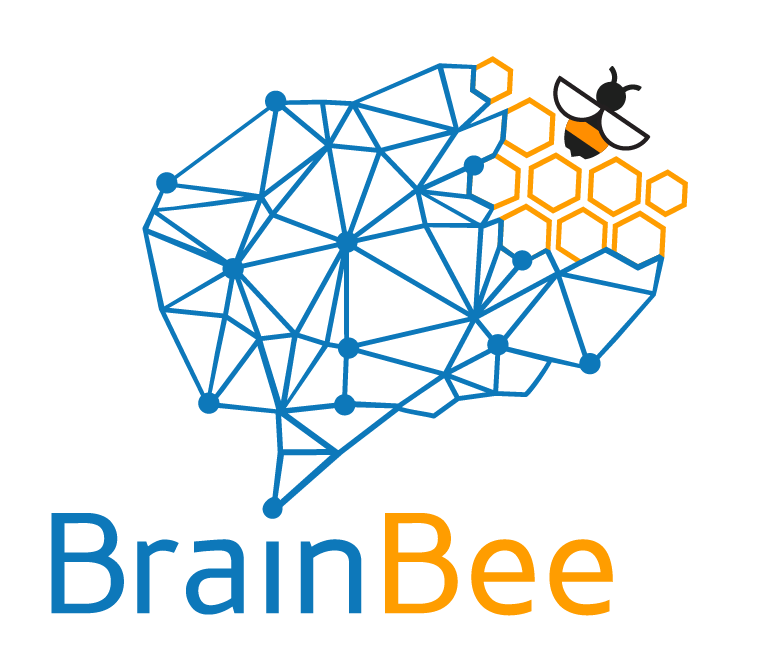National Brain Bee 2018
National Brain Bee 2018 Guidelines
Venue:
Nottingham Girls’ High School
9 Arboretum Street, Nottingham NG1 4JB
Date:
Tuesday, 10th of April, 2018
Time:
12:30 -16:30
Day program
| 12:00-12:30 | Registration/Refreshments |
| 12:30-12:45 | Wellcome talk |
| 12:45-13:15 | Group 1: Neuroanatomy/Neurohistology part |
| Group 2: Patient Diagnosis part | |
| 13:15-13:30 | Break/Transition |
| 13:30-14:00 | Group 1: Patient Diagnosis part |
| Group 2: Neuroanatomy/Neurohistology part | |
| 14:00-14:15 | Break/Transition |
| 14:15-15:00 | Written part |
| 15:00-15:30 | Talk by a neuroscientist |
| 15:30-16:00 | Live Q&A for top 5 |
| 16:00-16:15 | Break/Refreshments |
| 16:15-16:30 | Awards ceremony |
Competition format
Written Multiple Choice Exam (25%)
Participants will be given 40 minutes to answer 40 multiple-choice questions, drawn from three books, Brain Facts, Neuroscience: Science of the Brain and Neuroscience: Exploring the Brain.
Human Neuroanatomy Practical (25%)
Participants will be asked identify or to label neuroanatomical structures on brain cross sections of sheep brains, brain models, and/or images of human brain tissues. Only structures presented in the Illustrated Neuroanatomy Atlas within the Neuroscience: Exploring the Brain textbook (Chapter 7) will be presented in the practical exam.
Neurohistology (5%)
Participants will rotate through stations consisting of 5-10 histological sections of the brain and nervous system (via microscopes or images), with 45 seconds allowed at each station. Students must be able to recall the names of indicated cells and parts of the nervous system.
The list of anatomy and histology structures can be accessed here.
Live Judging Session (25%)
Top 5 participants will be given the same 15 questions verbally (and provided on the screen) one at a time by the Judging Panel. They will have 15 seconds to write the answers on a provided white paper pad. At the end of the 15-30 seconds (depending on the question), each answer will be read aloud by a judge.
Patient Diagnosis (20%)
For each of 5-10 neurological diseases, participants will be provided with a medical history in the form of a 4-5-sentence paragraph (1 minute), as written by a patient demonstrating common symptoms of any of the possible 30 neurological diseases listed below. Alternatively, students may watch videos of patients, one at a time, displaying the physical aspects and any key movements of the patients. After watching each 30-60-second video, students will have 30 seconds to request results for up to two clinical, laboratory, or imaging exams, listed below. The appropriate results for the tests will be provided immediately. The task then is to diagnose the most likely neurological disorder, to be written on the answer sheet provided. After the completion of each video and receiving the test results, students will have 1 minute to establish a diagnosis. Participants may prepare for this section using online resources to gather information about symptoms and exam results for the most common form(s) of each disease. For example, students should not expect to receive a positive result for a genetic test identifying a mutation present in a very small percentage of patients when the most common form (>50% of patients) has no genetic background known.
The list of diseases can be accessed here.
Examples of Sample Questions
All questions will be written in a clear simple English and will be formatted to require answers that are either one word or a short phrase.
Example 1: Which neurotransmitter is released by motor neurons that command voluntary movements?
Acetylcholine
Example 2: How many axons can be myelinated by a single Schwann cell?
One
Example 3: When a patient sleeps, she has difficulty waking up, and when she is awake, she has difficulty falling asleep. Irregular modulation of which chemical messenger is likely causing these troubles?
Serotonin
Primary Study Materials
Students should prepare for the competition using the following parts of the publication:
1. Neuroscience: Exploring the Brain
Publisher: Lippincott Williams & Wilkins; Third edition, ISBN/ISSN: 9780781760034
The e-book can be accessed here:
https://drive.google.com/open?id=1_xD9IFcoBNcE1HMg5n3xFILbMMuihwxi
Part I
Chapter 2 Neurons and Glia
Chapter 3 The Neuronal Membrane at Rest
Chapter 4 The Action Potential
Chapter 5 Synaptic Transmission
Chapter 6 Neurotransmitter Systems
Chapter 7 The Structure of the Nervous System
Appendix: An Illustrated Guide to Human Neuroanatomy
Part II
Chapter 8 The Chemical Senses
Chapter 9 The Eye
Chapter 10 The Central Visual System
Chapter 11 The Auditory and Vestibular Systems
Chapter 12 The Somatic Sensory System
Part III
Chapter 22 Mental Illness
Part IV
Chapter 25 Molecular Mechanisms of Learning and Memory
For the Neurohistology and Patient Diagnosis competition components, students are expected to prepare by using internet sources, guided by the lists below.
Cheating Policy
The British Brain Bee Committee expects a high standard of integrity from each student participant. Absolutely zero tolerance will be demonstrated toward acts of cheating, resulting in immediate elimination from the contest. From the audience, as well, no recording devices will be permitted while the competition is underway.
